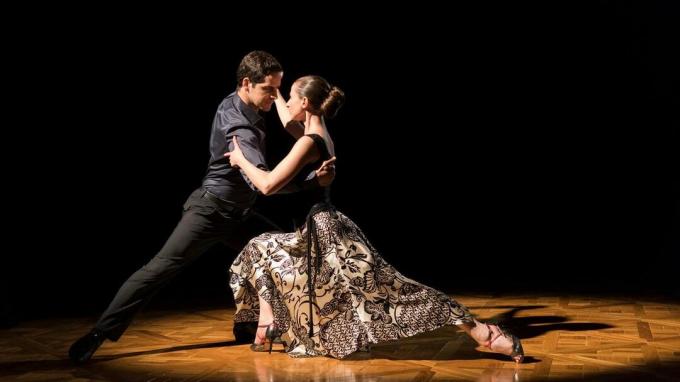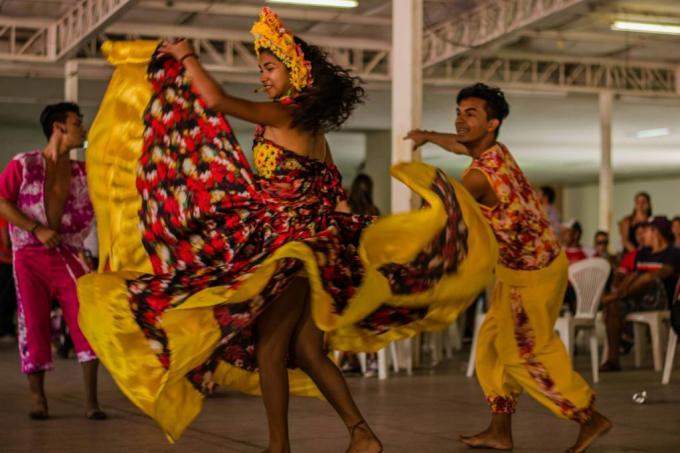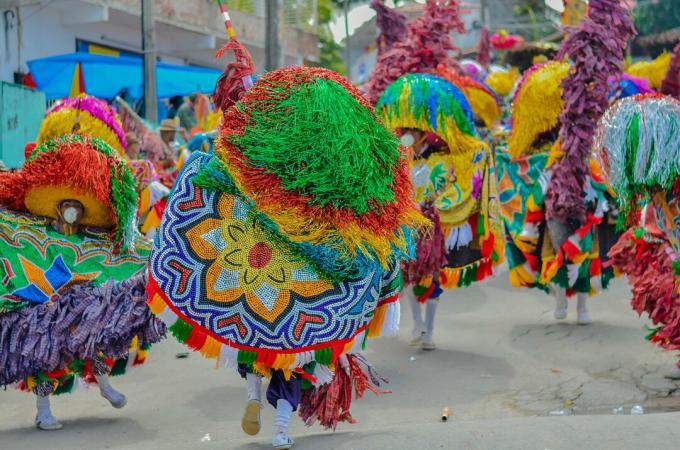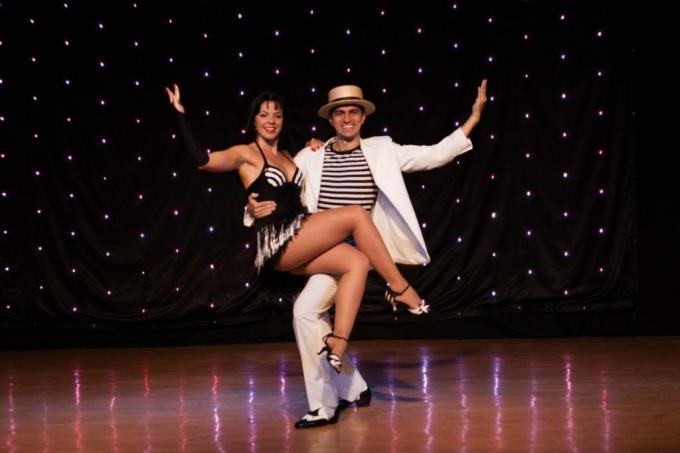
To the folk dances they belong to popular cultures and carry a historical load and reflections of their members and environments in the dances.
As in the world there is a great diversity of peoples and cultures, popular dances are very diversified and strongly characterize the culture in which they are inserted.
see more
Teacher performance is a key factor for the full inclusion of students…
Understand how children's behavior can indicate suffering in…
Thus, each culture has its own characteristics that develop for the formation of dance and throughout the time can change, as the environment and the individuals belonging to it can change and reflect on the dance.
Consequently, each dance is a representation of the lives of its members, thus pointing out their anxieties, fears, needs, ideals, religiosities and perspectives. Therefore, discover the main popular dances from Brazil and the world.

This dance originated in Spain and is danced in pairs. It has a lot of movement of arms, wrists and very striking facial expressions.
In this style of dance, the dancers stand out the most, as they tap dance, move a lot, use skirt movements and clap their hands to give rhythm to the dance.
 appeared in Argentina and is known to be very sensual and strongly characterized by leg movements that accentuate sensuality and give beauty to the dance.
appeared in Argentina and is known to be very sensual and strongly characterized by leg movements that accentuate sensuality and give beauty to the dance.
 In this dance, women are the protagonists. appeared in Ancient Egypt, closely linked to religion, being performed in temples by priestesses.
In this dance, women are the protagonists. appeared in Ancient Egypt, closely linked to religion, being performed in temples by priestesses.
The dance is characterized by numerous body movements, focusing on the hips, hands and bellies that develop very beautiful movements. Some objects and props are widely used, such as swords, veils and cups.
Brazil has a great diversity of popular dances and this is due to the cultural richness that exists in the country. As many peoples came to Brazil over time, many dances have foreign origins and influences.
The main miscegenation took place between Indians, Africans and Europeans. This makes them even more diverse and with countless colors, movements and rhythms.
To the Brazilian popular dances are mainly based on traditional festivals, folk dances or religious. An interesting fact is that Brazilian popular dances are all danceable, happy and colorful, always spreading a contagious feeling.

Frevo is typical of Pernambuco and appeared around 1910. Nowadays, it is performed a lot and incorporated into the rhythms of Carnival.
It is characterized by cheerful and vibrant colors, the colorful umbrella, leg and arm movements, in addition to the various capoeira steps, classical ballet, jumps and juggling.

Carimbó originated in Belém do Pará and is also called Pau e Corda, Samba de roda do Marajó and Baião typical of Marajó.
The rhythm was brought by African slaves, who later incorporated indigenous and European influences.
The women's clothing is a highlight, as they have very colorful, voluminous and round skirts. The dance is done in pairs and the woman uses her skirt to perform the movements and the man dances clapping his hands in front of the woman.

Maracatu originated in Pernambuco and dates back to the Colonial Brazil, with a mixture of African, Portuguese and indigenous cultures.
Dance is linked to religion, bringing some characteristics of African religions and a lot of spirituality.
There is a junction between music, singing and dancing. The costumes are very colorful and extravagant. The most used instruments are boxes, ganzás, gongês, tarols and drums.

Samba came to Brazil along with the slaves and originates from the instruments brought by them to Brazil.
It was more widespread in the states of Rio de Janeiro, bahia and Maranhao. Nowadays, samba is the greatest representative of Carnival and the most popular in Brazil.
In rhythm, many instruments can be used, the main ones are cavaquinhos, tambourine, tambourine, atabaque, and reco-reco. Also, there are different types of samba, but the most famous ones are samba de roda and the samba de gafieira.
 A gang is typical of June parties, being characterized with hillbilly content. This dance is closer to the sertanejos, caipiras and northeastern milieus. In addition, it uses more colloquial language and very danceable rhythms.
A gang is typical of June parties, being characterized with hillbilly content. This dance is closer to the sertanejos, caipiras and northeastern milieus. In addition, it uses more colloquial language and very danceable rhythms.
The song is danced in pairs and has the presence of an animator. The main instruments used are the viola, guitar, accordion, triangle and zabumba.
The clothes are quite characteristic, in which the women wear voluminous, round dresses, with bright colors and full of prints.
Check also: Learn about African dances and their traditions


